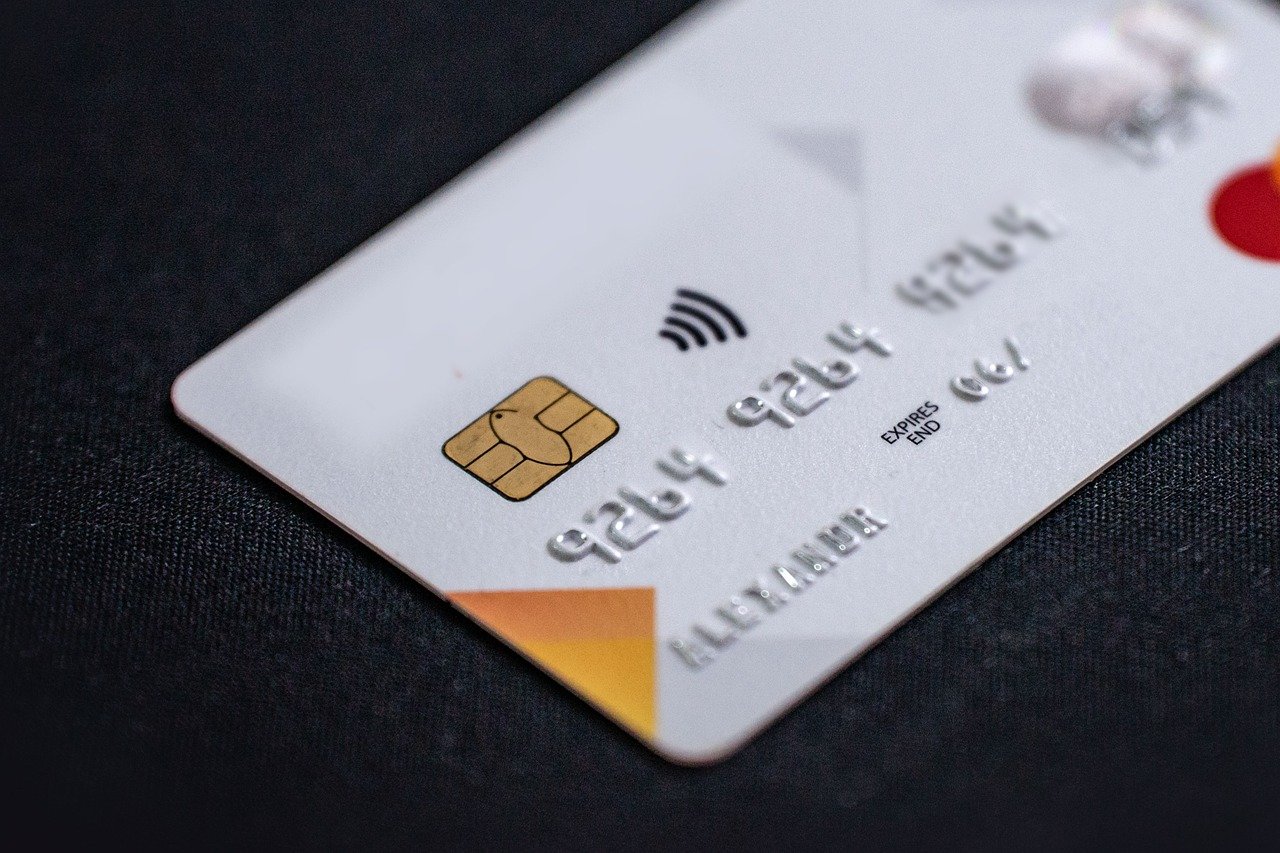Your credit score is more than just a number; it’s your financial passport. Whether you’re dreaming of a new car, a first home, or simply lower interest rates, knowing where you stand is the non-negotiable first step toward making those dreams a reality. If you’ve ever felt a twinge of anxiety about your credit or simply want to be more proactive about your financial health, you’re in the right place.
This guide is designed to demystify the entire process for you. We’ll walk through not only how to easily access your gomyfinance.com credit score but also how to interpret the number you see and, most importantly, how to take control and improve it. By the end of this article, you’ll have a clear, actionable plan for understanding and boosting your financial standing.
Understanding Your gomyfinance.com Credit Score: Beyond the Number
Before we dive into the “how-to,” let’s talk about the “what.” Your credit score is a three-digit summary of your creditworthiness, calculated from the information in your credit report. Think of your credit report as your financial report card and your score as the final grade. The gomyfinance.com credit score typically provides you with a FICO score, one of the most widely used scoring models by lenders.
What Makes Up Your FICO Score?
Your score doesn’t just appear out of thin air. It’s based on a specific recipe with five key ingredients, each with a different weight:
- Payment History (35%): This is the most significant factor. It’s a simple record of whether you’ve paid your past credit accounts (like credit cards and loans) on time. Even one late payment can have a noticeable impact.
- Amounts Owed / Credit Utilization (30%): This measures how much of your available credit you’re currently using. If you have a total credit limit of $10,000 across all cards and you’re carrying a $3,000 balance, your utilization is 30%. The golden rule is to keep this ratio below 30%, but aiming for 10% or lower is even better for your score.
- Length of Credit History (15%): This considers the age of your oldest account, the age of your newest account, and the average age of all your accounts. Generally, a longer credit history is viewed more favorably.
- Credit Mix (10%): Lenders like to see that you can handle different types of credit, such as revolving credit (credit cards) and installment loans (auto, mortgage, student loans).
- New Credit (10%): This involves the number of new accounts you’ve recently opened and the number of “hard inquiries” lenders make when you apply for credit. Too many new applications in a short period can be a red flag.
Decoding the Credit Score Range
So, what does your number actually mean? While scoring models can vary slightly, here’s a general breakdown of where you might fall:
- Exceptional (800-850): You’re at the top of your game. You’ll likely qualify for the best interest rates and most attractive loan terms.
- Very Good (740-799): You’re in great shape and will still receive favorable rates from most lenders.
- Good (670-739): You’re considered a “acceptable” borrower. You’ll likely qualify for loans, but you may not get the absolute best rates available.
- Fair (580-669): This range may make it harder to qualify for new credit, and if you do, you’ll likely face higher interest rates.
- Poor (300-579): You will likely have difficulty getting approved for new credit and will need to focus on credit repair and rebuilding.
Understanding this range is a fundamental part of savvy personal finance management, as it directly impacts your wallet.
Step-by-Step: How to Access Your gomyfinance.com Credit Score
Now for the practical part. Accessing your credit score doesn’t have to be complicated or expensive, and gomyfinance.com is designed to make it straightforward.
Navigating the Platform
The first question many people have is, “Is checking my credit score through gomyfinance.com free?” Typically, platforms like gomyfinance.com offer a way to check gomyfinance.com credit score for free as part of their service model, often in exchange for creating an account.
Here’s a general step-by-step of what you can expect:
- Visit the Website: Go to the gomyfinance.com website and look for the option to view your credit score. This is usually prominently displayed on the homepage.
- Create a Secure Account: You will likely need to sign up by providing some personal information, such as your name, address, Social Security Number, and date of birth. This is standard practice and is used to securely pull your credit file from the major credit bureaus. Rest assured, reputable sites use high-level encryption to protect your data.
- Answer Security Questions: To verify your identity, you may be asked a few multiple-choice questions based on your credit history (e.g., “In which city did you take out an auto loan in 2018?”).
- View Your Score: Once verified, you’ll be granted immediate access to your credit score and report.
A crucial and reassuring point to remember: checking your own credit score through a service like this is considered a “soft inquiry.” This means it has no negative impact on your score whatsoever.
Reviewing Your Credit Report and Monitoring
Getting your score is step one, but your journey shouldn’t stop there. It’s equally important to thoroughly review the full credit report that accompanies your score.
- Look for Errors: Scan the report for any inaccuracies, such as accounts you don’t recognize, incorrect payment statuses, or wrong personal information. Errors happen more often than you might think and can drag your score down.
- Monitor for Fraud: Regular check-ups are your first line of defense against identity theft. If you see an account you didn’t open, it could be a sign of fraud.
- Leverage Alerts: Many services, including gomyfinance.com, offer credit monitoring. This means they will alert you via email or text when there is a significant change to your report, like a new account being opened or a hard inquiry. This allows you to act fast if something is amiss.
Actionable Strategies to Boost Your Score
Seeing your score is empowering, but the real power comes from knowing how to move it in the right direction. If you’re wondering how to improve your gomyfinance.com credit score, the following strategies are your roadmap.
Master Your Debt and Utilization
This is where the most significant and rapid improvements can often be made.
- The Golden Rule: Pay On Time, Every Time. Set up autopay for at least the minimum payment on all your accounts. Your payment history is the single biggest factor, so consistency here is non-negotiable.
- Tackle Your Credit Utilization: If your utilization is high, focus on paying down revolving debt, especially credit card balances.
- A great strategy is to ask for a credit limit increase on an existing card (without increasing your spending), which will instantly lower your overall utilization.
- You can also make multiple payments throughout the month, instead of one monthly payment, to keep your reported balance low.
- Consider Your Credit Mix: While it’s a smaller factor, having a healthy mix of credit types (like a credit card and an installment loan) can give your score a slight boost. However, never take out a loan you don’t need just for this reason.
Addressing Negative Marks and Inquiries
Sometimes, your report has blemishes that need special attention.
- How Long Do Negative Marks Stay? This is a common and important question. Most negative information, like late payments and collections, will remain on your report for seven years from the date of the first missed payment. A Chapter 7 bankruptcy can stay for up to ten years.
- Dispute Errors: If you find an inaccuracy on your report, you have the right to dispute it with the credit bureau (Equifax, Experian, or TransUnion) and the lender that reported the information. This is a core part of the credit repair process and can lead to the error being removed, potentially giving your score a quick lift.
- Be Smart About New Credit: Only apply for new credit when you truly need it. Each hard inquiry from a lender can cause a small, temporary dip in your score.
Conclusion
Your gomyfinance.com credit score is a dynamic and manageable part of your financial life. By now, you understand that it’s built on the pillars of consistent, on-time payments and responsible debt management. You have a clear guide to not only access your score safely but also to read the story behind it and take decisive action to write a better next chapter.
Knowledge is power, but action is what creates change. You now have the knowledge. The next step is to take action.
Ready to take control? Visit gomyfinance.com now to check your credit score for free and start your journey toward a stronger financial future today.
READ ALSO: The Ultimate List of Personal Finance Apps You Need in 2025

